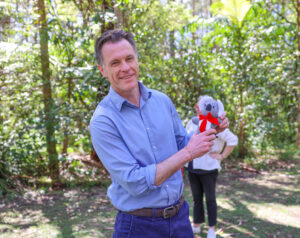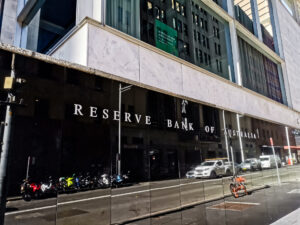The Reserve Bank has delivered a massive credit crunch
The 300 basis point increase in the cash rates has delivered one of the biggest falls in lending ever seen. The risk of a recession to follow cannot be ignored
Since May last year, the Reserve Bank has raised the cash rate by 300 basis points from 0.1% to 3.1%. This week the Bureau of Statistics estimated that led to a 61% increase in the cost of repaying a mortgage for the typical employee household.
Today we see just how massive the impact has been on the demand for new housing loans.
In December alone there was a 4.3% fall in the value of housing loans. Over the course of 2022, the value of housing loans fell 29%. This absolutely brutal data shows contracting lending across the board. Owner-occupier lending is down 30% in the past year, investor lending is also down 28% while first-home buyer loans are down 36%.
We know from previous experiences of credit crunches of such magnitude, that there is a very strong likelihood of a big decrease in spending and activity to come.
The total number of new home loans taken out in December is now back at levels seen prior to the pandemic in 2019. It is easy to forget given the past three years, but in 2019 the economy was faltering and the Reserve Bank needed to cut interest rates from 1.5% in May 2019 to 0.75% in October. Back then the Reserve Bank was concerned that the level of borrowing was a sure sign that the economy was slowing and the risk of a recession was rising.
This time the Reserve Bank itself has created the collapse of borrowing.
In the past, this fall in housing finance would be consistent with a 7% drop in house prices – one of the biggest annual falls Australia would have experienced in recent memory.
Off the back of data showing a fall in retail spending in December, this is just more evidence that the RBA should not raise the cash rate next week.
Australia’s economy is already slowing and any further rate rises very much risk pushing the economy off a cliff.
Between the Lines Newsletter
The biggest stories and the best analysis from the team at the Australia Institute, delivered to your inbox every fortnight.
You might also like
As inflation falls, the Reserve Bank is Missing in Action
With inflation within the RBA’s target range, interest rates should be cut, but unfortunately Australians will have to wait for the Reserve Bank board to get back from holidays.
Koala sanctuary may come with diabolical trade off
Environmentalists rejoiced on the weekend when the NSW Government announced it planned to incorporate 176 thousand hectares of forest into the long-proposed Great Koala National Park.
Fearful and frozen: Why the Reserve Bank continues to err on rates
The RBA’s failures have real consequences. It should go back and closely reread the recommendations of the RBA review, particularly the ones that encourage it to open up to new and diverse viewpoints.


